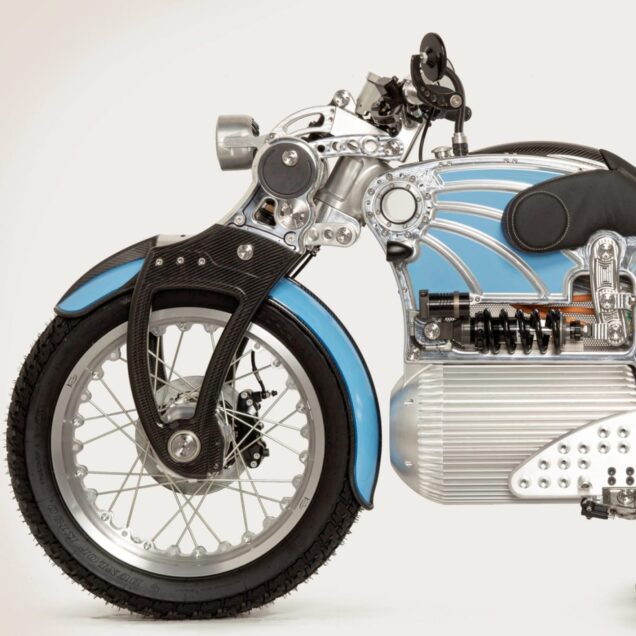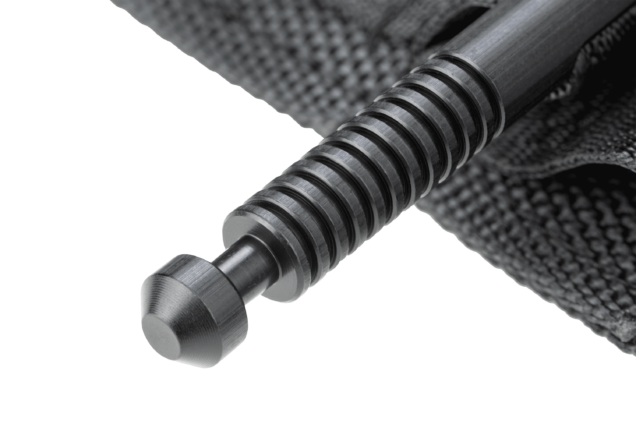Making sustainable manufacturing possible
Husqvarna Group wanted to streamline their spare parts supply chain and reduce their carbon footprint. Fast Radius made it possible with additive manufacturing and a Virtual Warehouse™.
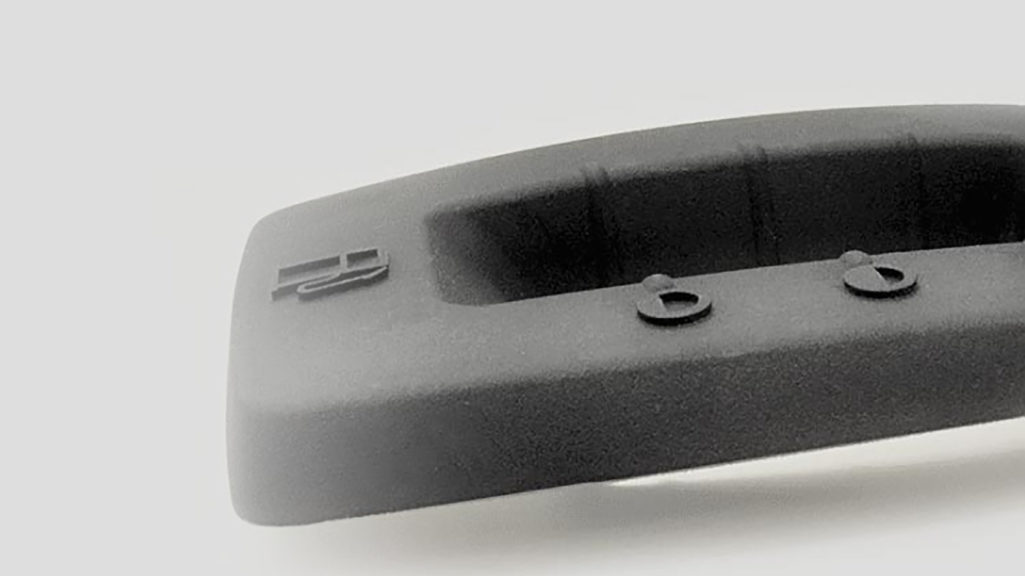
The challenge
Transforming the supply chain with additive manufacturing
The Fast Radius team worked with Husqvarna Group to identify spare parts that could be made more efficiently and sustainably through additive manufacturing — driving a reduced carbon footprint, improved customer experience and lower costs.
Husqvarna Group, based in Sweden, is a global leader in outdoor power products for forest, park and garden care that has a 300-year history of producing high-quality, leading-edge products. One of the reasons Husqvarna Group has remained successful for so long is its ability to evolve with shifting technology and customer demands.
When 3D printing began to reach production-grade levels, Husqvarna Group naturally wanted to explore how an advanced manufacturing approach could drive impact for their business. They partnered with Fast Radius to make it possible.
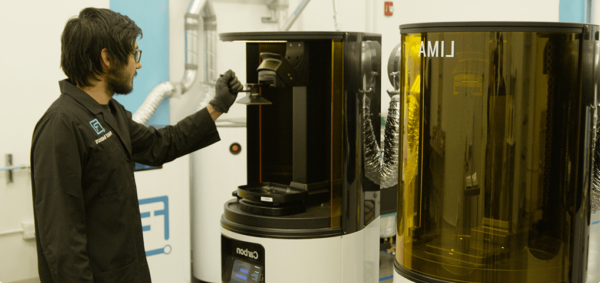
Additive manufacturing lowered costs, improved customer experience and reduced Husqvarna’s carbon footprint.

Making it possible
Part validation and supply chain transformation
1. Identifying parts and manufacturing methods
Fast Radius’s application engineers collaborated with Husqvarna Group to identify parts they could produce reliably at scale with additive manufacturing. Once the parts were selected, Fast Radius drew on extensive expertise in additive technologies to determine the best way to make the parts based on cost and performance requirements. HP Multi Jet Fusion (MJF) and Carbon® Digital Light Synthesis™ (DLS) were chosen as the ideal technologies for handling Husqvarna Group’s broad range of parts.
2. Part approval process
Once the teams identified families of parts that could be produced additively, they needed to validate the parts’ performance and durability to certify them for production and sale. This meant performing UV resistance tests, chemical resistance tests, days-long cycle tests and ultimately evaluating real-world performance in the field. The end result is a rigorous Production Part Approval Process (PPAP) that enables Husqvarna Group and Fast Radius to reliably make existing parts and onboard new ones.
3. Virtual Warehousing
After parts pass Husqvarna Group’s PPAP, the designs and production specifications are stored digitally in the Fast Radius Virtual Warehouse, meaning parts can be made on demand when they’re needed in any quantity. This eliminates the supply chain costs associated with traditional manufacturing including tooling, warehousing, high minimum order quantities, material waste and part obsolescence.
4. Enhancing the customer experience
The Virtual Warehouse enables a better experience for Husqvarna’s customers, too. With traditional manufacturing, if a customer needs a part that isn’t readily available, replenishment can take weeks. Even worse, parts for older products might not be available at all if they’ve reached “end of life.” Now, when a Husqvarna Group customer needs a replacement part that’s hosted in the Fast Radius Virtual Warehouse, Fast Radius can produce and deliver the part in a matter of days. The part will never be out of stock again, giving peace of mind to Husqvarna Group’s end customers.
5. Sustainable manufacturing solutions
Additive manufacturing is an element in Husqvarna Group’s sustainability program, “Sustainovate,” which establishes publicly recognized and testified CO2 reduction targets for the year 2035. Unlike traditional manufacturing processes, which require high minimum order quantities, additive allows for economical production in units as small as one. Because of this, Husqvarna Group can produce only as many parts as their customers need at a time — no more, no less — resulting in less material waste, no obsolete parts and a lower carbon footprint.
Gallery
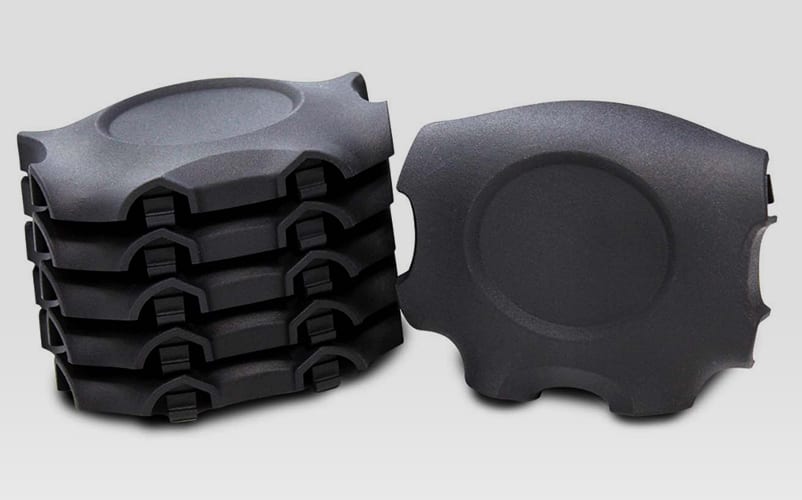
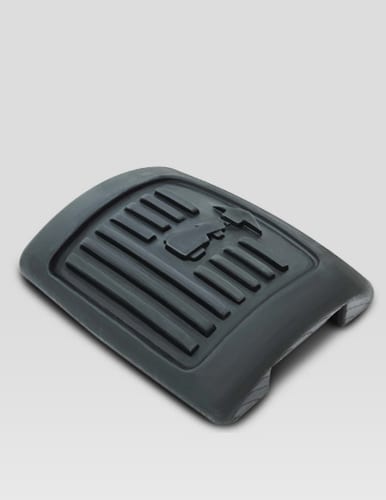
The results
An efficient and sustainable supply chain made possible by additive manufacturing and a virtual warehouse
Reduced
carbon footprint
Enhanced
customer experience
Eliminated
inventory carry costs

 Back
Back


